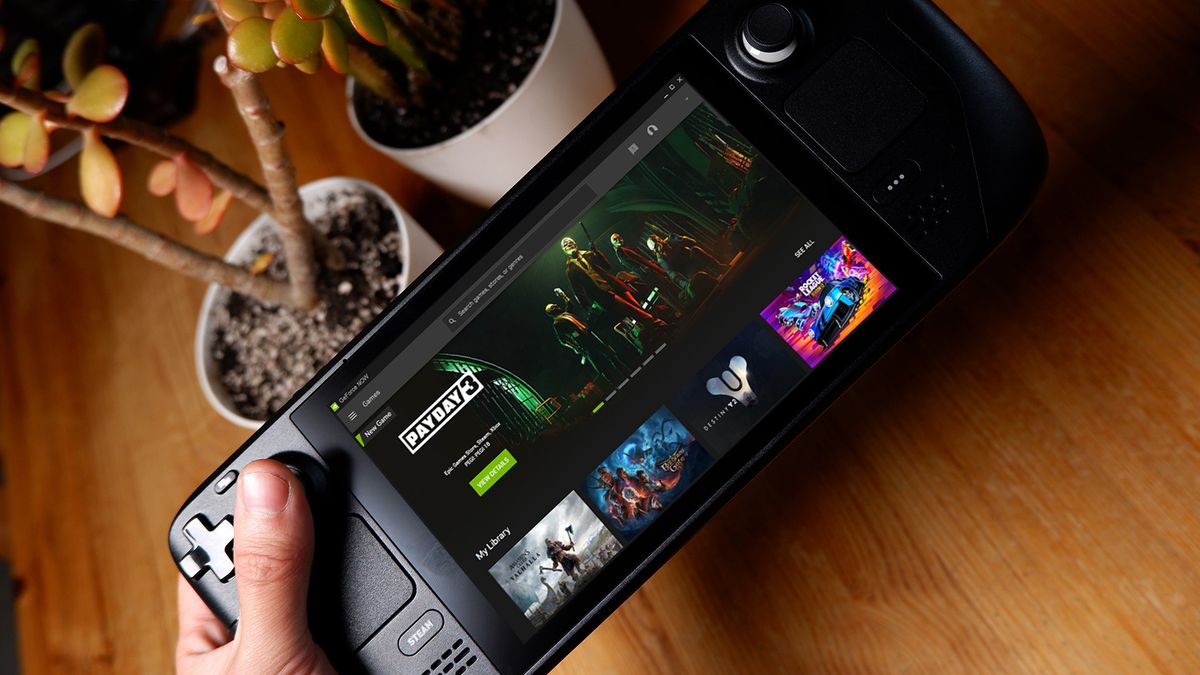arandomguy
Veteran
I think something that should be kept in mind with the software advantage is to separate what is from Valve developing specifically for the Steam Deck and what is intrinsically from Steam OS. The reason this is important is that broader Steam OS availability for other devices does not mean they will automatically have software feature parity with the Steam Deck.
It also means theoretically (economics/business aside) some of the software features could also be implementable hypothetically in Windows, as I don't think all them are necessarily dependent on the Steam OS/Linux base. Of course they won't be in practice due to the economics/business.
I believe the Windows license is free for devices with displays under 9 inches.
This seems rather abstract because in practice Valve doesn't support Windows (bare minimum) so the software functionality is very lacking by comparison. This would not be the case in a hypothetical situation in which Valve fully supported Windows software wise.
I'm not sure if that's entirely true but we might need a full tear down to confirm. While the new displays does fit in in terms of x/y dimensions there's other physical factors to consider on whether or not it could have been done as a drop in upgrade. Especially as for these devices the display itself can also be structural component.
Valve themselves do claim (and have since the beginning) that display changes are complicated due to other factors that just pure dimensions such as structural. For what it's worth I believe the Deck HD people (who sell the drop in LCD upgrade) when asked before also said it wasn't possible to source an OLED display that could work as a drop in.
It also means theoretically (economics/business aside) some of the software features could also be implementable hypothetically in Windows, as I don't think all them are necessarily dependent on the Steam OS/Linux base. Of course they won't be in practice due to the economics/business.
Windows based handhelds have to license Windows, which raises costs..
I believe the Windows license is free for devices with displays under 9 inches.
And no.. lmfao.. What in the world makes you think that Deck owners would want it to be Windows based? They already can do that.. and the people who actually DO use Windows on the Steam Deck undoubtedly dual-boot. It's a tiny insignificant number.
This seems rather abstract because in practice Valve doesn't support Windows (bare minimum) so the software functionality is very lacking by comparison. This would not be the case in a hypothetical situation in which Valve fully supported Windows software wise.
I mean, no... They offer replacement displays.. and there are upgraded LCD displays you can install in the deck. The display they made already fits in the OG Deck... They're simply choosing not to support it to encourage people to buy the new model instead of just upgrading.
I'm not sure if that's entirely true but we might need a full tear down to confirm. While the new displays does fit in in terms of x/y dimensions there's other physical factors to consider on whether or not it could have been done as a drop in upgrade. Especially as for these devices the display itself can also be structural component.
Valve themselves do claim (and have since the beginning) that display changes are complicated due to other factors that just pure dimensions such as structural. For what it's worth I believe the Deck HD people (who sell the drop in LCD upgrade) when asked before also said it wasn't possible to source an OLED display that could work as a drop in.


